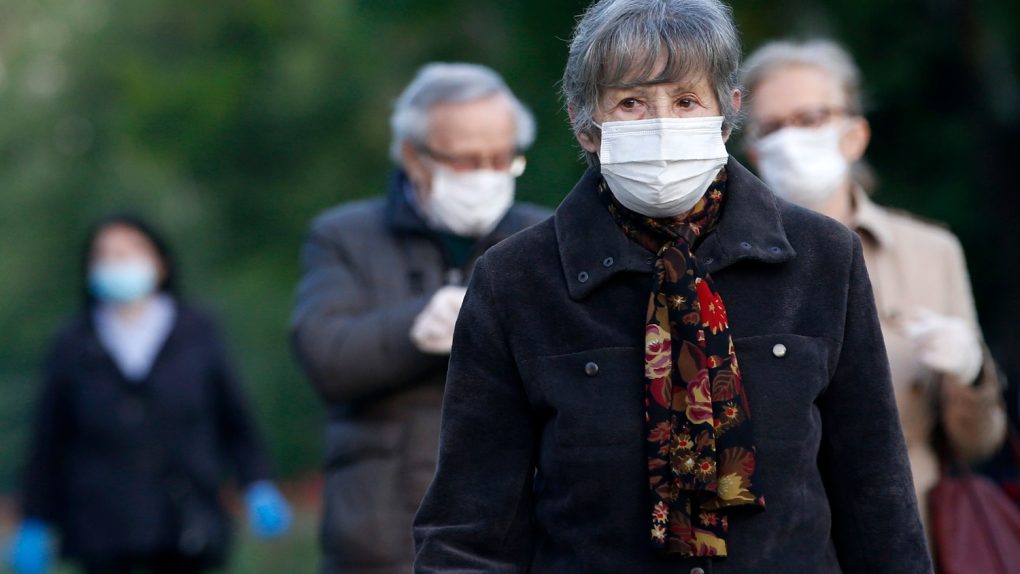- Researchers estimate that half of the states within the United States haven’t yet reached their peak levels of novel coronavirus infections.
- A state-by-state breakdown shows that 24 states still don’t have the virus under control.
- Whether you live in a state where the virus has seemingly peaked or not, remember that a second wave is all but a guarantee at this point, especially as states begin to loosen restrictions on gatherings and services.
The coronavirus pandemic has been raging in the United States for months now, but not every state has been impacted in the same way. Some states have likely seen the worst of the first wave of infections, while others are only now grappling with sharp increases in the number of cases they’re seeing.
A new study (PDF) from an international group of scientists and researchers uses existing data and predictive modeling to forecast when the disease will peak (or has peaked) in each individual state. Unsurprisingly, around half of the states in the country have yet to see a peak, and case numbers continue to grow.
Based on the numbers, the researchers are confident that half the states have reached their peak. The states that the researchers believe may not yet have reached their peak are listed below, in order of most confident (that a peak is still coming) to least confident:
- Texas
- Arizona
- Illinois
- Colorado
- Ohio
- Minnesota
- Indiana
- Iowa
- Alabama
- Wisconsin
- Mississippi
- Tennessee
- Florida
- Virginia
- New Mexico
- Missouri
- Delaware
- South Carolina
- Massachusettes
- North Carolina
- California
- Pennsylvania
- Louisana
- Maryland
If you see your state on this list, that doesn’t necessarily mean that you’re in store for more widespread infections and skyrocketing fatalities. It just means that, based on the data, it doesn’t look like your state has the pandemic under control.
Likewise, if you don’t see your state on this list, it doesn’t mean you can run out and start pretending life is back to normal. It’s not. Even in some states that have peaked, the loosening of restrictions and stay-at-home orders has already resulted in a secondary increase in positive cases.
The list is a good resource insofar as it shows us that, as a country, the United States is not out of the woods yet. With half the country yet to experience a peak in coronavirus cases, we still can’t even begin to estimate what the final death toll will be by the time it’s all over. But when will it really be over?
Right now we’re biding our time until a vaccine is developed. Scientists are working hard on that front, and several companies have promising trials in the works. Still, vaccine development takes time, even when it’s being fast-tracked, and we shouldn’t expect a vaccine to be available until 2021 at the earliest.
In the meantime, it’s important that we practice the things we’ve been practicing all along, like social distancing, wearing protective masks when in public, and avoiding gathering in large numbers.








